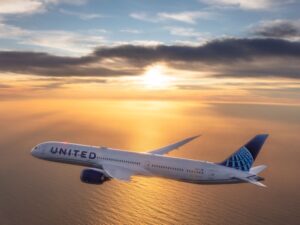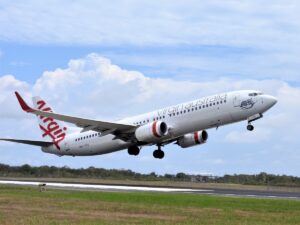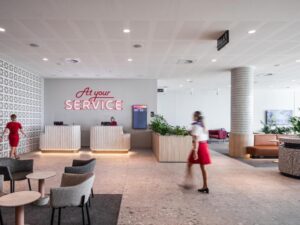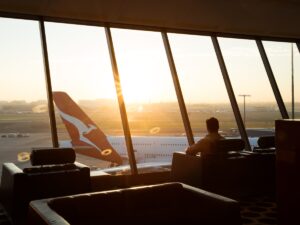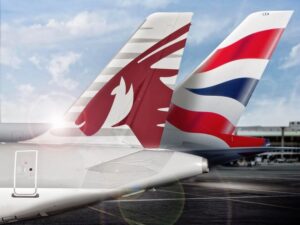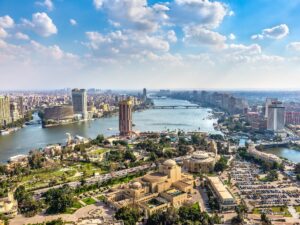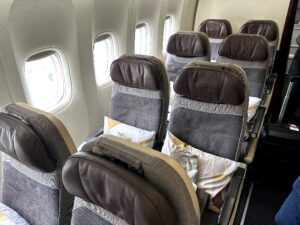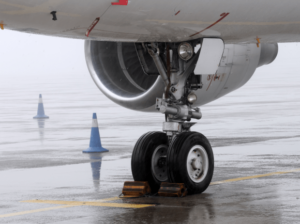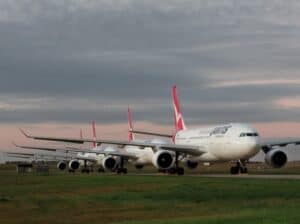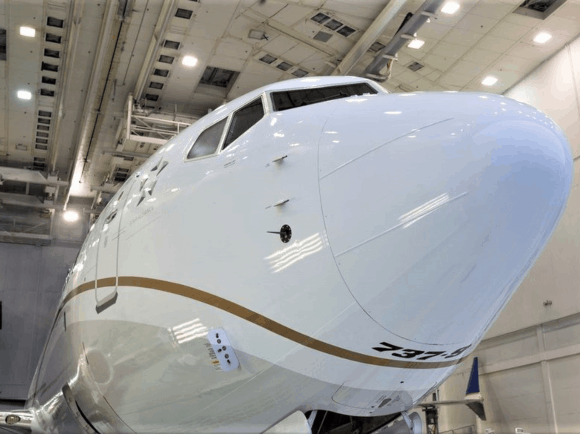
A final report into the failures of the Boeing 737 MAX program, released last month by the U.S. House Transportation and Infrastructure Committee, slammed both Boeing and the U.S. Federal Aviation Administration which was supposed to provide safety oversight. The report blamed a “horrific culmination” of failures by both organisations for the fatal Lion Air crash in Indonesia in October 2018, and the Ethiopian Airlines crash in March 2019.
But Boeing has since made numerous changes to the aircraft’s design, including significant changes to the Maneuvering Characteristics Augmentation System (MCAS) responsible for the two crashes. The MCAS now has far more redundancy, and a warning light that the “angle of attack” sensors are being fed conflicting information is now standard, rather than an optional extra. Other design changes have also been made to improve safety, which Boeing has outlined on its website.
Although Boeing originally designed the 737 MAX specifically so that existing Boeing 737 pilots would not need simulator training to operate the new type, the manufacturer has also now backtracked on this. This removes one of the key selling features of the MAX, and could come at a large expense for airlines, but will please safety regulators.
Last week, the executive director of Europe’s Aviation Safety Agency (EASA) delared that he believed the Boeing 737 MAX was now safe. The aircraft is still not recertified to operate commercial flights within the European Union, but it is getting close. All test flights have been completed, and EASA will shortly release a draft airworthiness directive for public consultation. At the earliest, the aircraft could be recertified by the European Union in December 2020.
U.S. Federal Aviation Administration (FAA) chief Steve Dickson also recently said the plane is in the home stretch of the recertification process in the United States. He hasn’t yet committed a date for re-entry to service, but recently piloted a test flight and “liked what he saw”.
The return to service will take time
But even if the Boeing 737 MAX was approved to fly again in all jurisdictions tomorrow, it will still take time before all the grounded aircraft are returned to regular service. Many of the grounded aircraft are currently in long-term storage (and had been well before the pandemic sent many other planes that aren’t the 737 MAX into storage), so it will take time to prepare the jets for service re-entry. It will also take time to complete the pilot simulator training that is now going to be required.
And then there’s the issue of public perception. Airlines will need to convince the flying public that the planes are now indeed safe. That could take even longer.
American Airlines recently said it expects the Boeing 737 MAX to return to service at the end of this year. But it will make sure customers are aware they’ll be flying on a MAX, and is planning a range of PR stunts to boost public confidence.
The impact of the pandemic
In some ways, the global travel shutdown has been fortuitous for the plane’s manufacturur, Boeing, as it has taken some of the pressure off to quickly return the jets to service. Most airlines now have an oversupply of aircraft and don’t need more planes. But, at the same time, many airlines have now cancelled their orders due to the delivery delays, the pandemic, or both. All of this is financially disastrous for Boeing.
It is still unclear whether Virgin Australia will even take delivery of the Boeing 737 MAX planes it had on order. Even if they do, it’s unlikely to be any time soon. No other Australian airline has ordered any of these planes.
Before the Boeing 737 MAX was grounded in March 2019, only two airlines – Fiji Airways and SilkAir – flew the aircraft type to Australia.
Rebranding
The good news is that, given the amount of scrutiny, testing and additional pilot training that will have been conducted, the Boeing 737 MAX fleet should be extremely safe when it is finally recertified to return to the skies.
But when they do return, it’s unlikely the planes will still be called “737 MAX”. Boeing appears to be subtly rebranding the Boeing 737 MAX 8 as the Boeing 737-8, the 737 MAX 9 as the 737-9, and so on. You can’t really blame them for trying.
